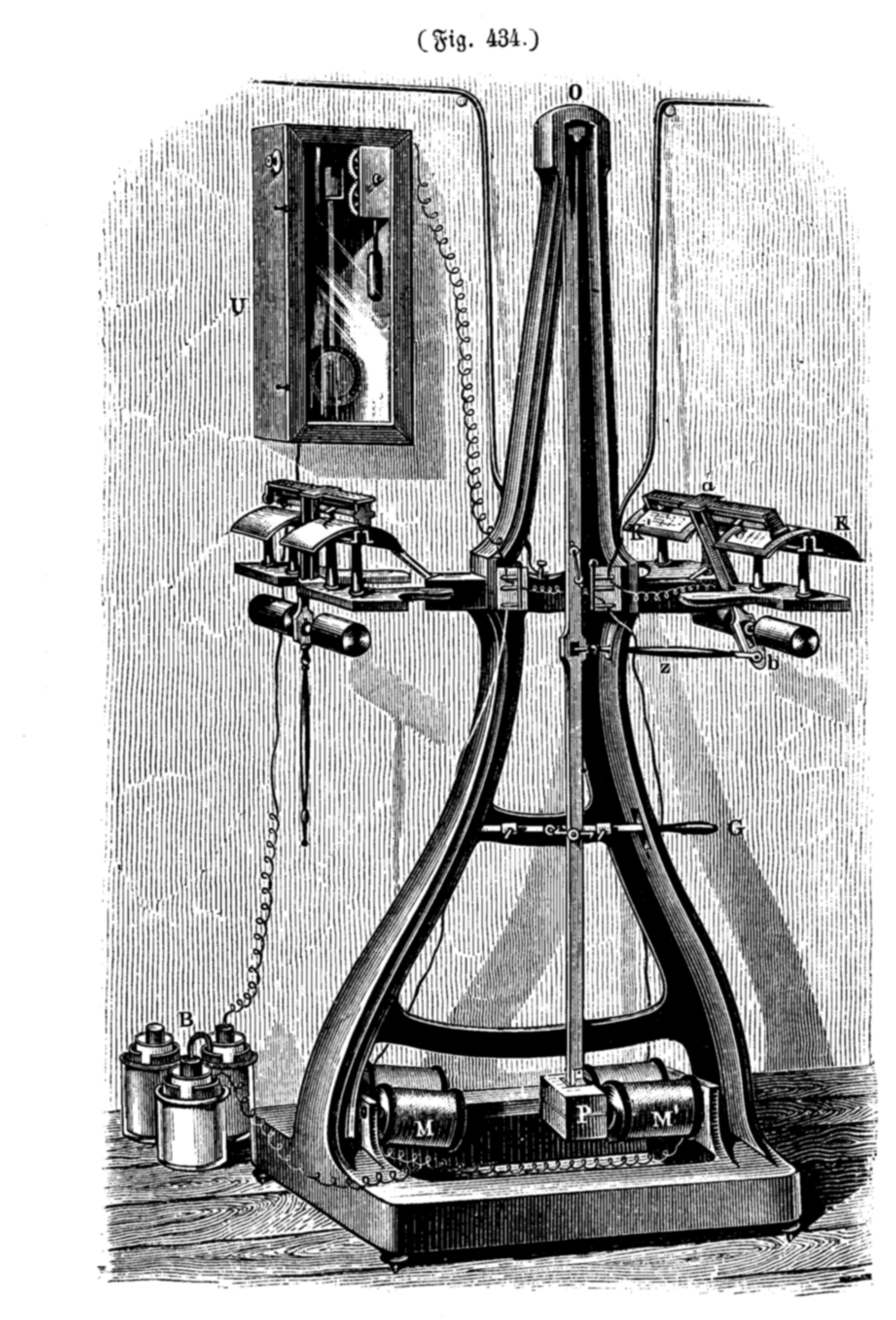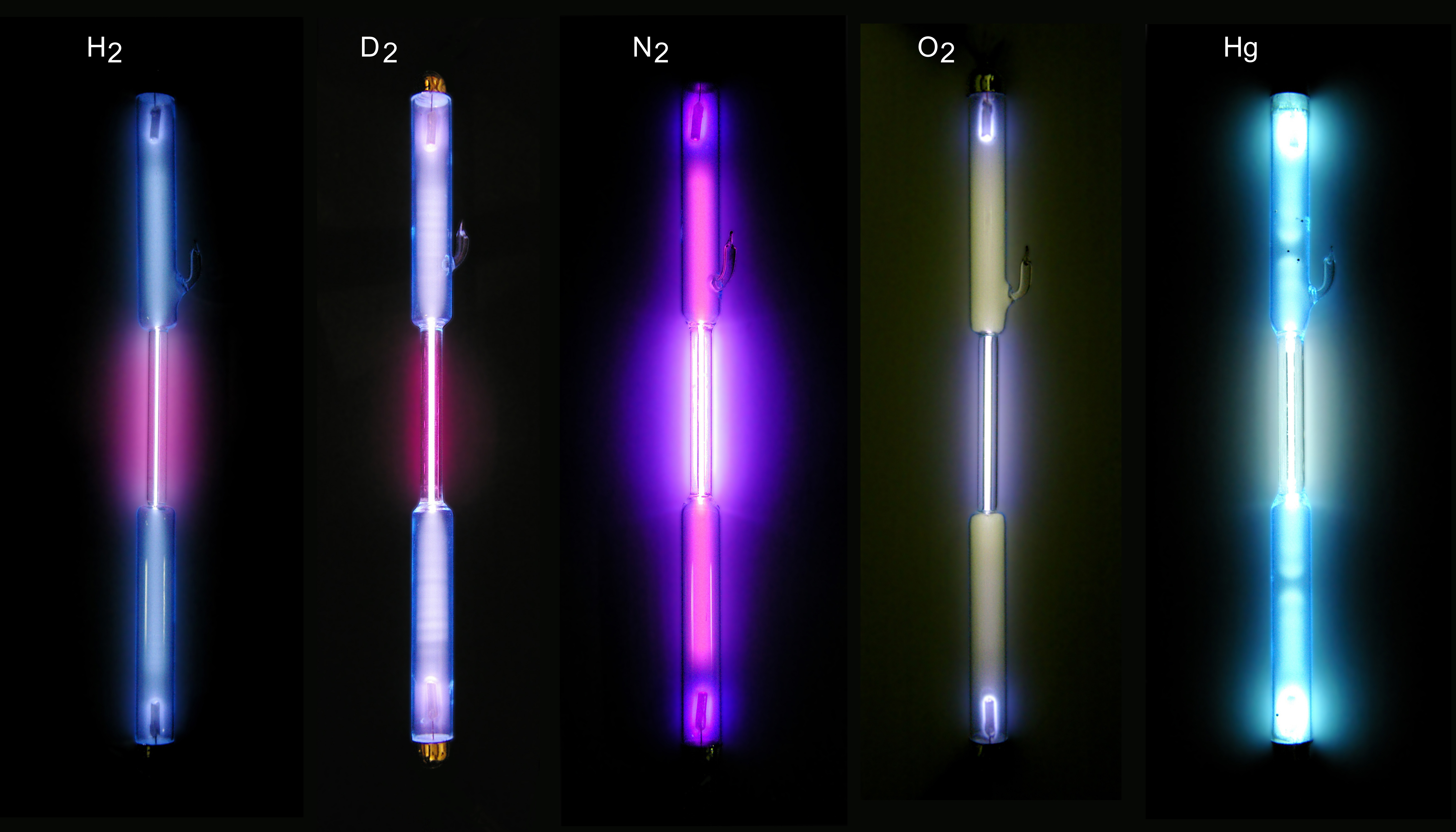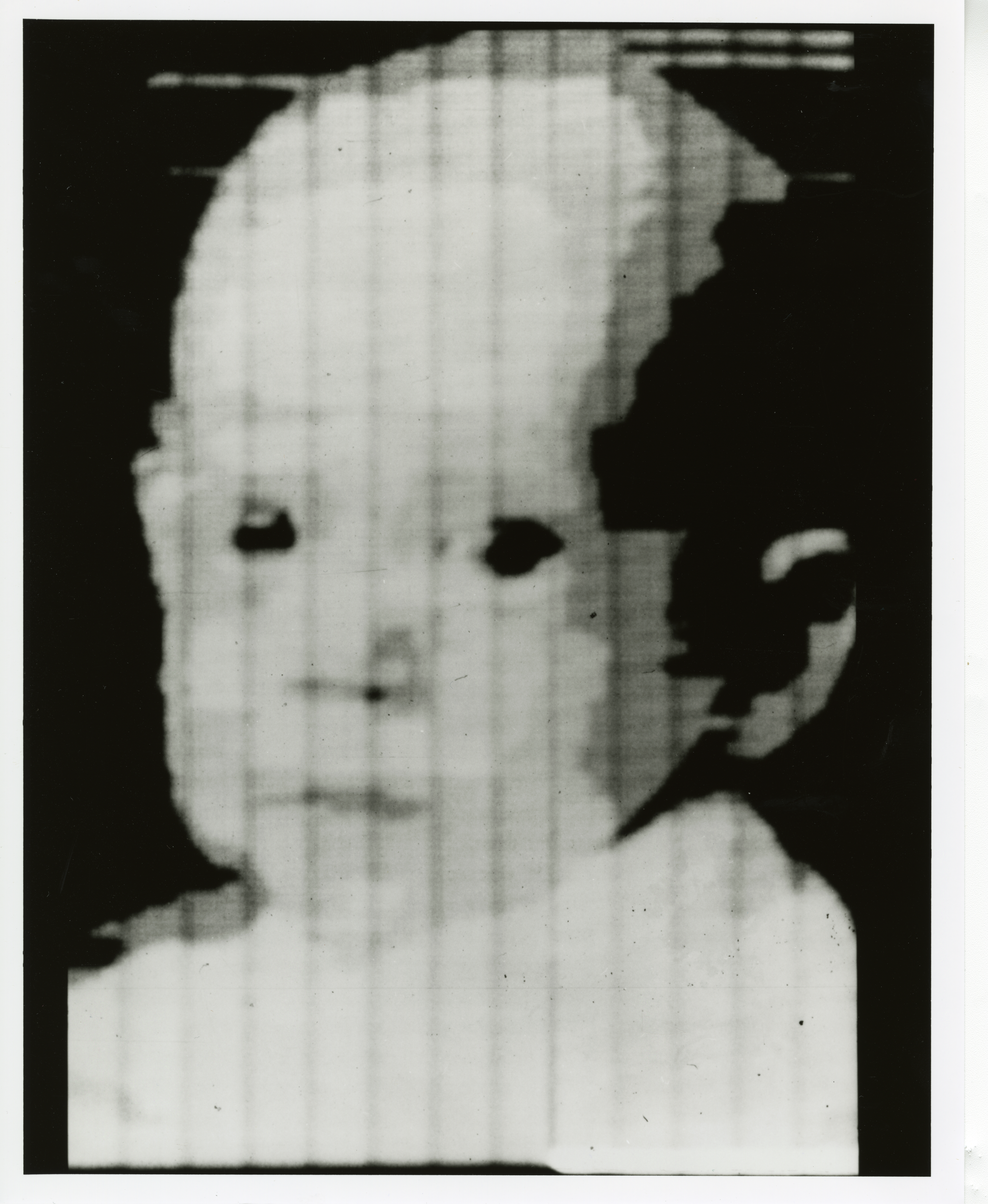|
Image Scanner
An image scanner—often abbreviated to just scanner—is a device that optically scans images, printed text, handwriting or an object and converts it to a digital image. Commonly used in offices are variations of the desktop ''flatbed scanner'' where the document is placed on a glass window for scanning. ''Hand-held scanners'', where the device is moved by hand, have evolved from text scanning "wands" to 3D scanners used for industrial design, reverse engineering, test and measurement, orthotics, gaming and other applications. Mechanically driven scanners that move the document are typically used for large-format documents, where a flatbed design would be impractical. Modern scanners typically use a charge-coupled device (CCD) or a contact image sensor (CIS) as the image sensor, whereas ''drum scanners'', developed earlier and still used for the highest possible image quality, use a photomultiplier tube (PMT) as the image sensor. A ''rotary scanner,'' used for high-speed docum ... [...More Info...] [...Related Items...] OR: [Wikipedia] [Google] [Baidu] |
Image Scanner
An image scanner—often abbreviated to just scanner—is a device that optically scans images, printed text, handwriting or an object and converts it to a digital image. Commonly used in offices are variations of the desktop ''flatbed scanner'' where the document is placed on a glass window for scanning. ''Hand-held scanners'', where the device is moved by hand, have evolved from text scanning "wands" to 3D scanners used for industrial design, reverse engineering, test and measurement, orthotics, gaming and other applications. Mechanically driven scanners that move the document are typically used for large-format documents, where a flatbed design would be impractical. Modern scanners typically use a charge-coupled device (CCD) or a contact image sensor (CIS) as the image sensor, whereas ''drum scanners'', developed earlier and still used for the highest possible image quality, use a photomultiplier tube (PMT) as the image sensor. A ''rotary scanner,'' used for high-speed docum ... [...More Info...] [...Related Items...] OR: [Wikipedia] [Google] [Baidu] |
Édouard Belin
Édouard Belin (5 March 1876 – 4 March 1963) was a French photographer and inventor. In 1907 Belin invented a phototelegraphic apparatus called the Bélinographe (télestéréographe)—a system for receiving photographs over telephone wires via telegraphic networks. Belin's invention had been used for journalistic photos since 1914, and the process was improved by 1921 to enable transmission of images by radio waves. From 1926, Belin worked on an television apparatus. In 1926, with Holweg, he tested the capacity for the eye to perceive pictures proposed at a very high speed, using a mirror drum. Belin was born in Vesoul, Haute-Saône, France, and died, aged 86, in Territet, Canton of Vaud, Switzerland. Bélinographe In this apparatus, the transmitter traverses the original image point by point. At each point a measurement of light intensity is made with an electric eye. The measurement is conveyed to the receiver. There, a variable intensity light source reprodu ... [...More Info...] [...Related Items...] OR: [Wikipedia] [Google] [Baidu] |
Cold Cathode
A cold cathode is a cathode that is not electrically heated by a filament.A negatively charged electrode emits electrons or is the positively charged terminal. For more, see field emission. A cathode may be considered "cold" if it emits more electrons than can be supplied by thermionic emission alone. It is used in gas-discharge lamps, such as neon lamps, discharge tubes, and some types of vacuum tube. The other type of cathode is a hot cathode, which is heated by electric current passing through a filament. A cold cathode does not necessarily operate at a low temperature: it is often heated to its operating temperature by other methods, such as the current passing from the cathode into the gas. Cold-cathode devices A cold-cathode vacuum tube does not rely on external heating of an electrode to provide thermionic emission of electrons. Early cold-cathode devices included the Geissler tube and Plucker tube, and early cathode-ray tubes. Study of the phenomena in these de ... [...More Info...] [...Related Items...] OR: [Wikipedia] [Google] [Baidu] |
Light-emitting Diode
A light-emitting diode (LED) is a semiconductor Electronics, device that Light#Light sources, emits light when Electric current, current flows through it. Electrons in the semiconductor recombine with electron holes, releasing energy in the form of photons. The color of the light (corresponding to the energy of the photons) is determined by the energy required for electrons to cross the band gap of the semiconductor. White light is obtained by using multiple semiconductors or a layer of light-emitting phosphor on the semiconductor device. Appearing as practical electronic components in 1962, the earliest LEDs emitted low-intensity infrared (IR) light. Infrared LEDs are used in Remote control, remote-control circuits, such as those used with a wide variety of consumer electronics. The first visible-light LEDs were of low intensity and limited to red. Early LEDs were often used as indicator lamps, replacing small Incandescent light bulb, incandescent bulbs, and in seven- ... [...More Info...] [...Related Items...] OR: [Wikipedia] [Google] [Baidu] |
Xenon
Xenon is a chemical element with the symbol Xe and atomic number 54. It is a dense, colorless, odorless noble gas found in Earth's atmosphere in trace amounts. Although generally unreactive, it can undergo a few chemical reactions such as the formation of xenon hexafluoroplatinate, the first noble gas compound to be synthesized. Xenon is used in flash lamps and arc lamps, and as a general anesthetic. The first excimer laser design used a xenon dimer molecule (Xe2) as the lasing medium, and the earliest laser designs used xenon flash lamps as pumps. Xenon is also used to search for hypothetical weakly interacting massive particles and as a propellant for ion thrusters in spacecraft. Naturally occurring xenon consists of seven stable isotopes and two long-lived radioactive isotopes. More than 40 unstable xenon isotopes undergo radioactive decay, and the isotope ratios of xenon are an important tool for studying the early history of the Solar System. Radioactive xenon ... [...More Info...] [...Related Items...] OR: [Wikipedia] [Google] [Baidu] |
Platen
A platen (or platten) is a flat platform with a variety of roles in printing or manufacturing. It can be a flat metal (or earlier, wooden) plate pressed against a medium (such as paper) to cause an impression in letterpress printing. Platen may also refer to a typewriter roller which friction-feeds paper into position below the typebars or print head. It can refer to the glass surface of a copier, and the rotating disk used to polish semiconductor wafers. Gallery File:Gutenbergpresse 01.jpg, Replica of the Gutenberg press. The platen on the rights holds the paper, and is pressed down onto the typeset File:Large SMG00176993.jpg, Cyclindrical platen on a typewriter File:Star-LC-10-printer-02.jpg, Cyclindrical platen in a dot-matrix printer Other applications Office equipment In office copiers and scanners, the platen is a flat glass surface on which operators place papers or books for scanning. The platen is also called the flatbed. Platens are also used in some printer ... [...More Info...] [...Related Items...] OR: [Wikipedia] [Google] [Baidu] |
Flatbed Scanner
An image scanner—often abbreviated to just scanner—is a device that optically scans images, printed text, handwriting or an object and converts it to a digital image. Commonly used in offices are variations of the desktop ''flatbed scanner'' where the document is placed on a glass window for scanning. ''Hand-held scanners'', where the device is moved by hand, have evolved from text scanning "wands" to 3D scanners used for industrial design, reverse engineering, test and measurement, orthotics, gaming and other applications. Mechanically driven scanners that move the document are typically used for large-format documents, where a flatbed design would be impractical. Modern scanners typically use a charge-coupled device (CCD) or a contact image sensor (CIS) as the image sensor, whereas ''drum scanners'', developed earlier and still used for the highest possible image quality, use a photomultiplier tube (PMT) as the image sensor. A ''rotary scanner,'' used for high-speed document ... [...More Info...] [...Related Items...] OR: [Wikipedia] [Google] [Baidu] |
Pixel Density
Pixels per inch (ppi) and pixels per centimetre (ppcm or pixels/cm) are measurements of the pixel density of an electronic image device, such as a computer monitor or television display, or image digitizing device such as a camera or image scanner. Horizontal and vertical density are usually the same, as most devices have square pixels, but differ on devices that have non-square pixels. Note that pixel density is not the same as where the former describes the amount of detail on a physical surface or device, the latter describes the amount of pixel information regardless of its scale. Considered in another way, a pixel has no inherent size or unit (a pixel is actually a sample), but when it is printed, displayed, or scanned, then the pixel has both a physical size (dimension) and a pixel density (ppi). Basic principles Since most digital hardware devices use dots or pixels, the size of the media (in inches) and the number of pixels (or dots) are directly related by the 'pixels pe ... [...More Info...] [...Related Items...] OR: [Wikipedia] [Google] [Baidu] |
Halogen Lamp
A halogen lamp (also called tungsten halogen, quartz-halogen, and quartz iodine lamp) is an incandescent lamp consisting of a tungsten filament sealed in a compact transparent envelope that is filled with a mixture of an inert gas and a small amount of a halogen, such as iodine or bromine. The combination of the halogen gas and the tungsten filament produces a halogen-cycle chemical reaction, which redeposits evaporated tungsten on the filament, increasing its life and maintaining the clarity of the envelope. This allows the filament to operate at a higher temperature than a standard incandescent lamp of similar power and operating life; this also produces light with higher luminous efficacy and color temperature. The small size of halogen lamps permits their use in compact optical systems for projectors and illumination. The small glass envelope may be enclosed in a much larger outer glass bulb, which has a lower temperature, protects the inner bulb from contamination, and ... [...More Info...] [...Related Items...] OR: [Wikipedia] [Google] [Baidu] |
Film Scanner
A film scanner is a device made for scanning photographic film directly into a computer without the use of any intermediate printmaking. It provides several benefits over using a flatbed scanner to scan in a print of any size: the photographer has direct control over cropping and aspect ratio from the original, unmolested image on film; and many film scanners have special software or hardware that removes scratches and film grain and improves color reproduction from film. Film scanners can accept either strips of 35 mm or 120 film, or individual slides. Low-end scanners typically only take 35mm film strips, while medium- and high-end film scanners often have interchangeable film loaders. This allows the one scanning platform to be used for different sizes and packaging. For example, some allow microscope slides to be loaded for scanning, while mechanised slide loaders allow many individual slides to be batch scanned unattended. Some software used to process images scanne ... [...More Info...] [...Related Items...] OR: [Wikipedia] [Google] [Baidu] |
Drum Scanner
An image scanner—often abbreviated to just scanner—is a device that optically scans images, printed text, handwriting or an object and converts it to a digital image. Commonly used in offices are variations of the desktop ''flatbed scanner'' where the document is placed on a glass window for scanning. ''Hand-held scanners'', where the device is moved by hand, have evolved from text scanning "wands" to 3D scanners used for industrial design, reverse engineering, test and measurement, orthotics, gaming and other applications. Mechanically driven scanners that move the document are typically used for large-format documents, where a flatbed design would be impractical. Modern scanners typically use a charge-coupled device (CCD) or a contact image sensor (CIS) as the image sensor, whereas ''drum scanners'', developed earlier and still used for the highest possible image quality, use a photomultiplier tube (PMT) as the image sensor. A ''rotary scanner,'' used for high-speed documen ... [...More Info...] [...Related Items...] OR: [Wikipedia] [Google] [Baidu] |





